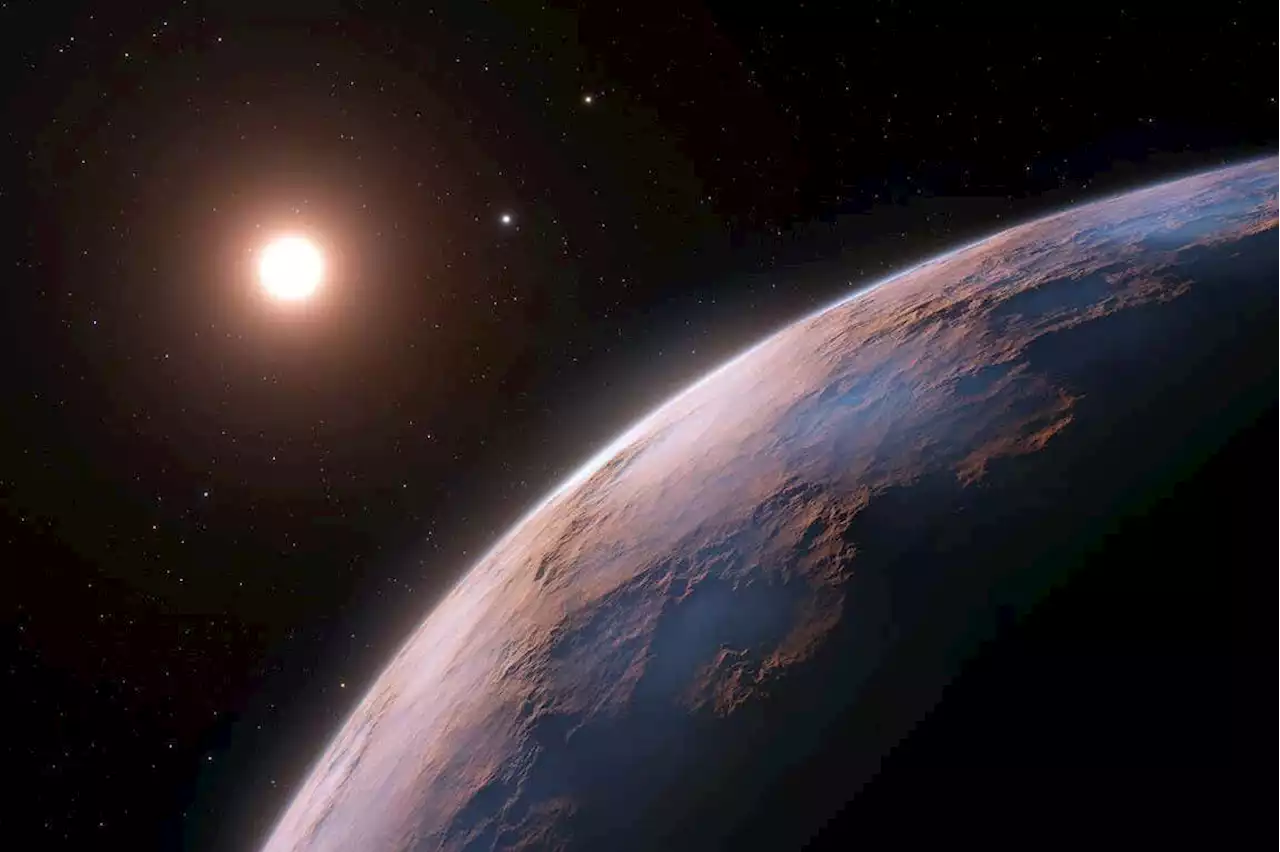Proxima Centauri is the closet star system to our own and is already known to contain two planets. Now astronomers have spotted a third and it might be one of the lightest exoplanets ever seen
at the Institute of Astrophysics and Space Sciences in Portugal and his colleagues spotted the first signs of yet another exoplanet during a study of the star system back in 2020.“We saw a tiny, tiny signal that showed up,” says Faria. “So, over the next year or so, we gathered more observations to confirm this planet was indeed there.”in Chile, the team looked at how the star wobbled under the gravitational pull from orbiting planets.
The planet takes just over five days to orbit the star and has a mass 26 per cent that of Earth, or around twice the mass of Mars. This is much faster and lighter than the other planets in the system, which orbit further out from the star. Less massive planets have been seen elsewhere, though –, which was one of the first exoplanets discovered, has a mass just 2 per cent that of Earth.
“[Proxima d] is currently the lowest mass planet that was detected with radial velocity,” says Faria. “It shows this technique, with current instruments, has reached enough precision to start to detect planets like the Earth around stars like the sun.” While the measurements are robust, more measurements are needed to truly solidify the discovery, says Faria. “It needs to be confirmed by other instruments and other detection techniques,” he says.
